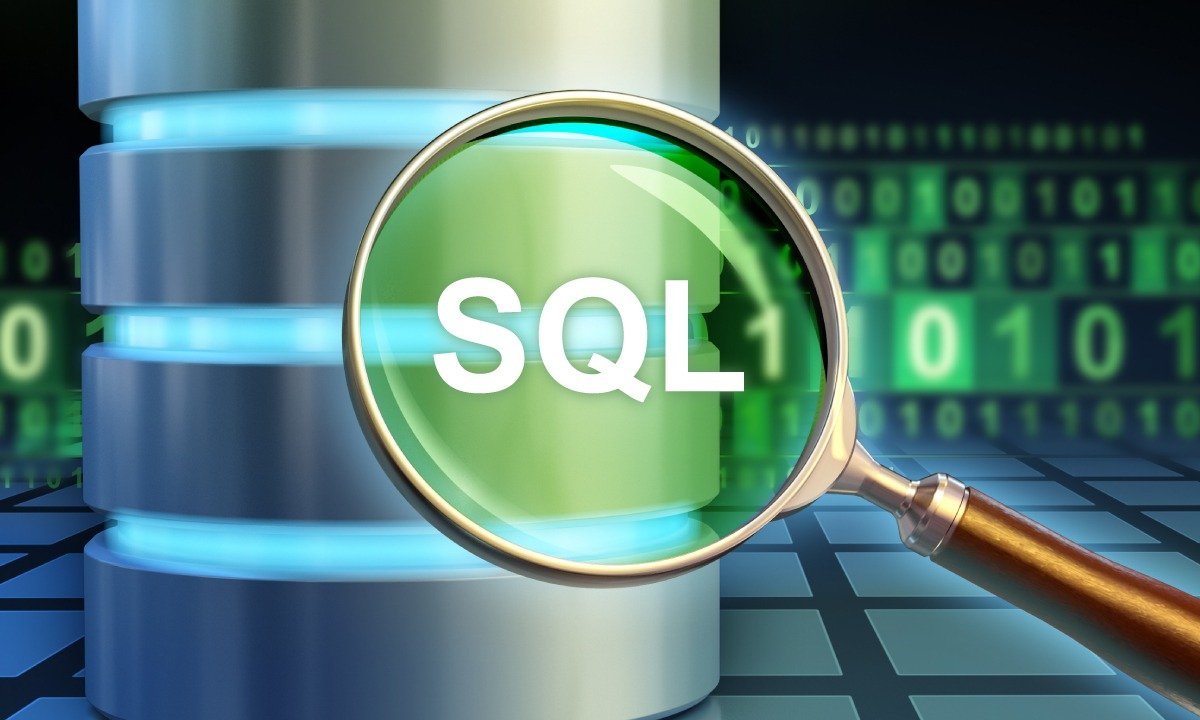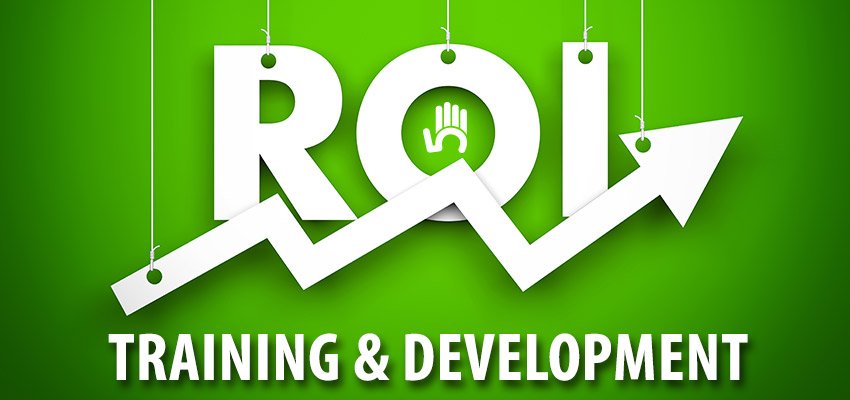Course Overview
A SQL Database course is designed to provide participants with the knowledge of critical concepts, techniques, and tools required to manage an SQL database system. The course discusses database design, data backup and recovery, security, performance tuning, and troubleshooting. By the end of the program, participants will possess the skills and knowledge necessary to ensure the availability, security, and performance of an SQL database. This Administering a SQL Database course is highly beneficial for IT professionals, database administrators, and other individuals who need to manage an SQL database.
Course Outcome
SQL Database course will help you to:
- Build an understanding of relational database management systems and SQL
- Learn how to authenticate and authorize users of SQL database
- Understand encryption and auditing features and their applications for data protection
- Describe data recovery models and backup strategies
- Learn the methods and techniques to automate database management
- Learn how to manage SQL server using PowerShell
- Comprehend troubleshooting techniques for SQL Server infrastructure
Target Audiance
- The eager novice, absorbing SQL like a sponge, ready to build their first database.
- The seasoned programmer, adding SQL to their toolkit for more efficient data manipulation.
- The ambitious entrepreneur, seeking to leverage SQL for data-driven decision-making in their startup.
- The meticulous analyst, honing their SQL skills to extract valuable insights from complex datasets.
- The curious student, exploring SQL as a bridge to understanding the inner workings of digital systems.



 4.9
4.9

